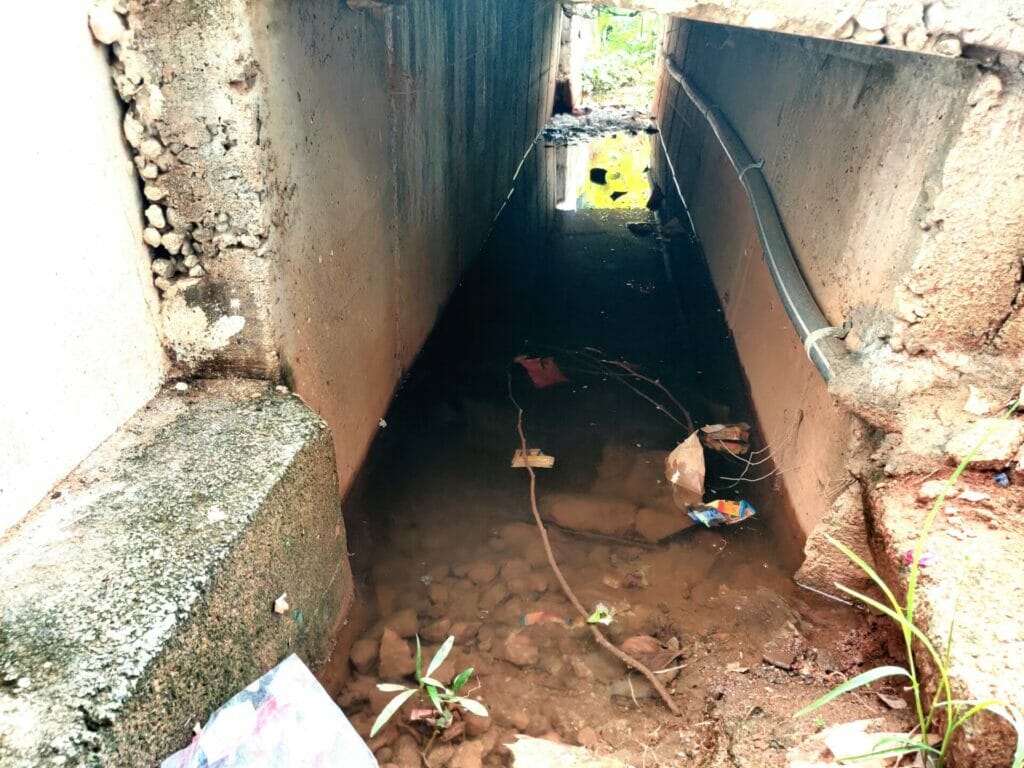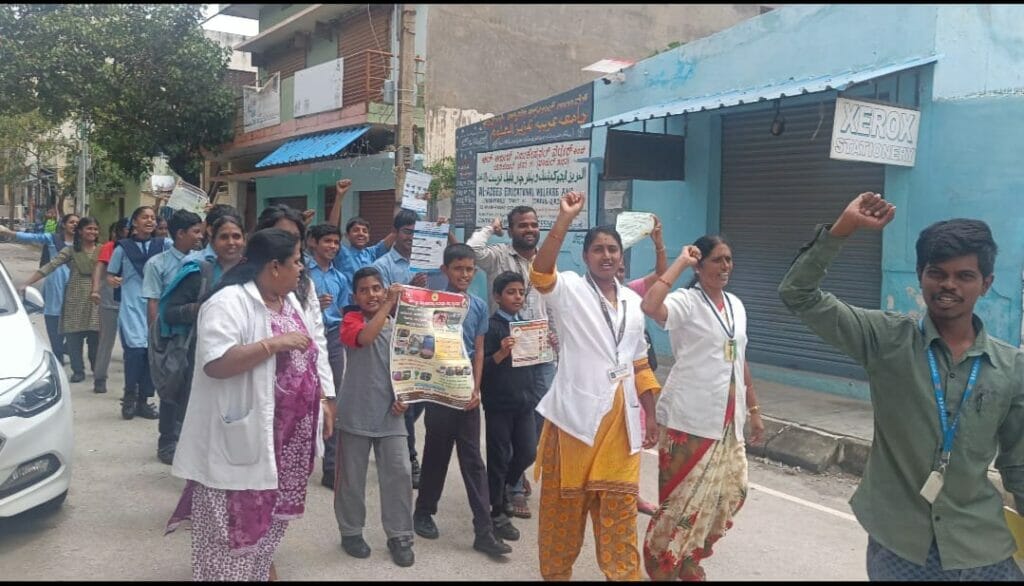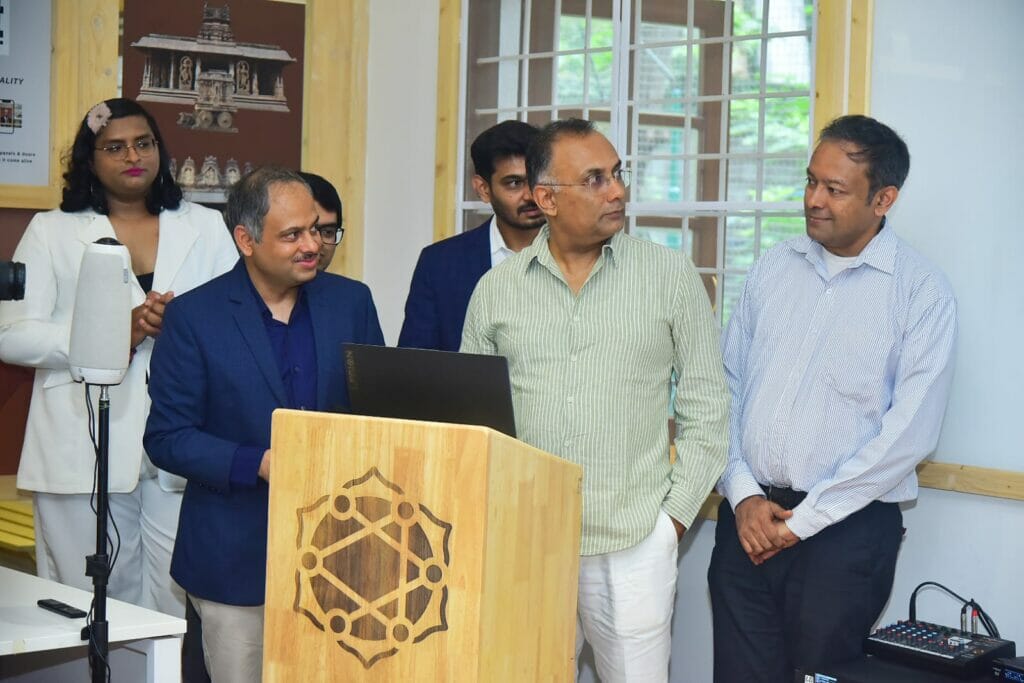In September this year, one person died due to dengue in Bengaluru. It was the first dengue death in three years in the city. Till date, the city has seen over 5,000 cases of dengue and seven deaths due to the dengue virus or dengue-related complications and accounts for over 50% of all cases in Karnataka. Several public and private hospitals reported that the surge in cases has filled up dengue wards.
Read more: Dengue in Bengaluru: The situation so far
Meanwhile, health officials from BBMP and the state government claim that they have taken many steps to tackle this public health crisis.
Dengue virus cannot be eradicated with drugs and treatment for infections is largely symptom management. Although a dengue vaccination is being developed in the country, it is expected to take until at least 2026.
Dengue surveillance
Until then, the only public health measures that can be effective are entomological and epidemiological surveillance, according to WHO.
Entomological surveillance involves actively estimating the proportion of dengue mosquito larvae breeding in a particular area, indicating the level of dengue risk. This type of surveillance literally involves health workers searching for dengue mosquito larvae in stagnant water.

Symptoms
Dengue fever is a viral disease largely transmitted by the Aedes aegypti mosquito. While most people infected with dengue are asymptomatic or show mild symptoms, they can help spread the disease.
According to the World Health Organization, 80% of people infected with the dengue virus are asymptomatic or show mild symptoms. For the rest, symptoms usually begin 4–10 days after infection and last for 2–7 days. Symptoms may include high fever (104°F), severe headache, pain behind the eyes, muscle and joint pains, nausea, vomiting, and rash. In most cases, patients recover within a week.
In severe cases, individuals can be at risk of dengue haemorrhagic fever (DHF), where blood vessels can get damaged, and platelets can drop. In such cases, symptoms include abdominal pain, persistent vomiting, bleeding in the gums or nose, difficulty breathing, and extreme fatigue. Children are at a greater risk of DHF than adults.
Individuals who are infected for the second time are at greater risk of severe dengue.
Read more: Dengue mosquitoes: These are a few of their favourite things
Areas with high larval sources are then sanitised using methods such as spraying larvicide and fogging to kill active mosquitoes. Epidemiological surveillance involves tracking active dengue cases in public and private hospitals. In Bengaluru, such surveillance is supposed to be done by the Public Health Information and Epidemiological Cell (PHIEC) of the BBMP.

The PHIEC relies on healthcare workers, including ASHA workers to carry out entomological surveys and the private and government hospitals to report cases of infections like dengue. A 2021 pilot study, by BBMP health officials and a community health researcher from St John’s Hospital, showed that there was potential to club data from both types of surveillance for better management of dengue.
The study showed that there was partial evidence that wards or neighbourhoods where most dengue cases were reported were also sites with high mosquito larval presence. With this geographical information, health authorities could potentially identify dengue hotspots and focus efforts to clear those areas of larvae.
However, the study also highlighted the lack of complete and continuous data from the PHIEC. The cell struggles to gather epidemiological data, which is information on patients contracting dengue. Media reports from 2019, the year with the highest number of dengue cases in the city, state that most hospitals and health centres in the city did not upload data on infectious diseases as they had not received adequate training in the process.
The cell also likely struggles to carry out surveillance for mosquito larvae due to a shortage in healthcare workers.
Measures for 2023
After a slight drop in the cases between 2020 and 2022, dengue incidents have gone up again this year. BBMP health officials claimed to have ramped up efforts to manage the epidemic. However, the exact details are scant.

This September, in a press release, the health department says that measures included awareness campaigns, larval surveillance and spraying for mosquito larvae across the city. I tried several contacting the agency’s Chief Health Officer, Dr AS Balasundar, for details on the exact steps taken. The official was unreachable. We will update the story if the officer responds.
Long term plans
The State Government and BBMP announced the launch of an AI-based disease prediction model and an app developed by the Indian Institute of Science’s AI & Robotics Technology Park (ARTPARK) for better surveillance.
At the launch event on September 8th, ARTPARK officials said that the AI-based dashboard would predict locations where disease outbreaks are most likely four weeks in advance. The dashboard was to be accompanied by an app, PRISM-H, meant for doctors, nurses and ASHA workers to record real-time data on cases and actions taken.

In addition to this, the state government is also mulling over a proposal to create a separate BBMP health district. The exact modalities of such an operation are not clear, but officials suggest the move would entitle BBMP to more healthcare staff.
However, the agency did not outline any clear steps to handle solid waste or other sources of stagnant water that are the major causes of dengue outbreaks. Calls to Special Commissioner Dr Trilok Chandra (Health) and Dr Harish Kumar (Solid Waste) went unanswered.
What you can do
Preventive measures you can take:
- Cover exposed parts of the body such as arms and legs as much as possible, especially during the day
- Use window screens at home
- Use mosquito repellent creams or coils and vaporisers if your home or office is prone to mosquitoes during the day.
- Identify and empty sources of stagnant water. Common sources at homes and workplaces include, drainage trays of potted plants, forgotten mugs and buckets of water, badly disposed waste such as plastic packets and paper cups.
If you get dengue:
- Take plenty of rest
- Drink plenty of liquids
- Use paracetamol for pain
- Avoid non-steroidal anti-inflammatory drugs, like ibuprofen and aspirin
- Watch for severe symptoms and contact your doctor as soon as possible if you notice any.
Compiled from the WHO guidelines
Comment below or write to us at bengaluru@citizenmatters.in about any actions taken by the BBMP to sanitise your wards and evaluate the effectiveness of solid waste management and stagnant water handling.